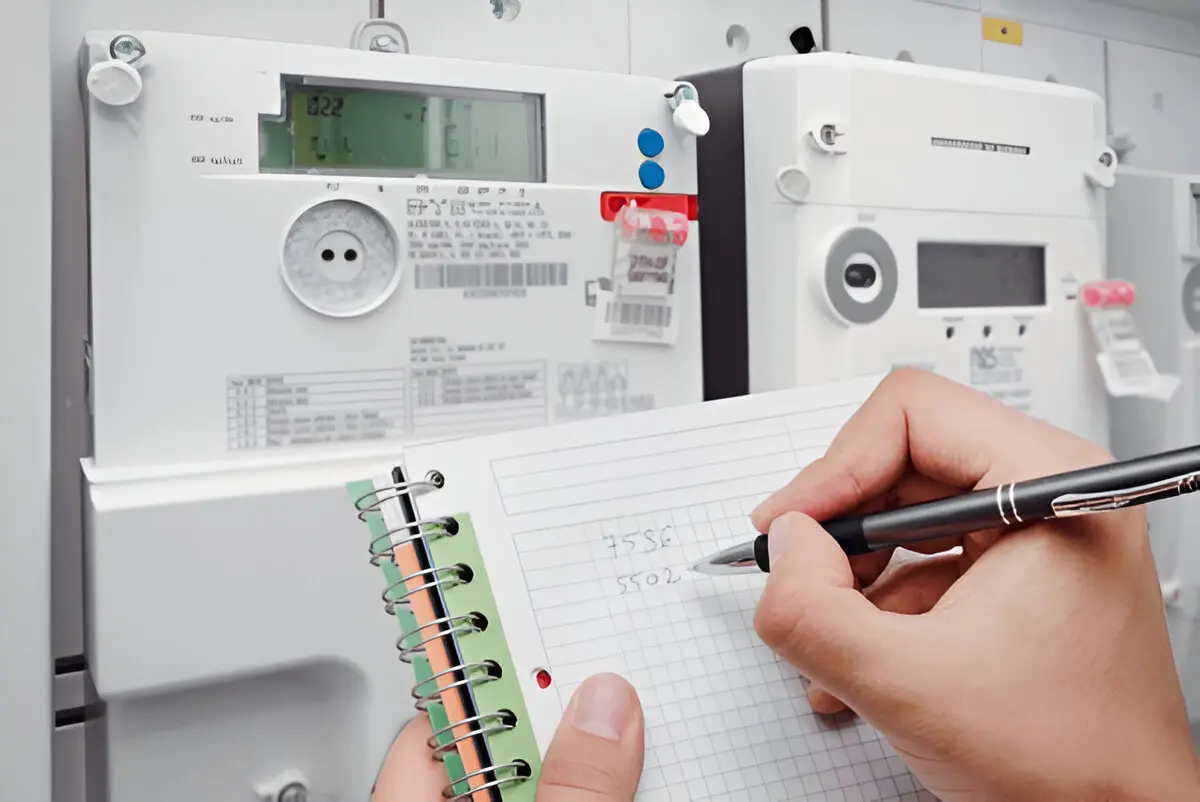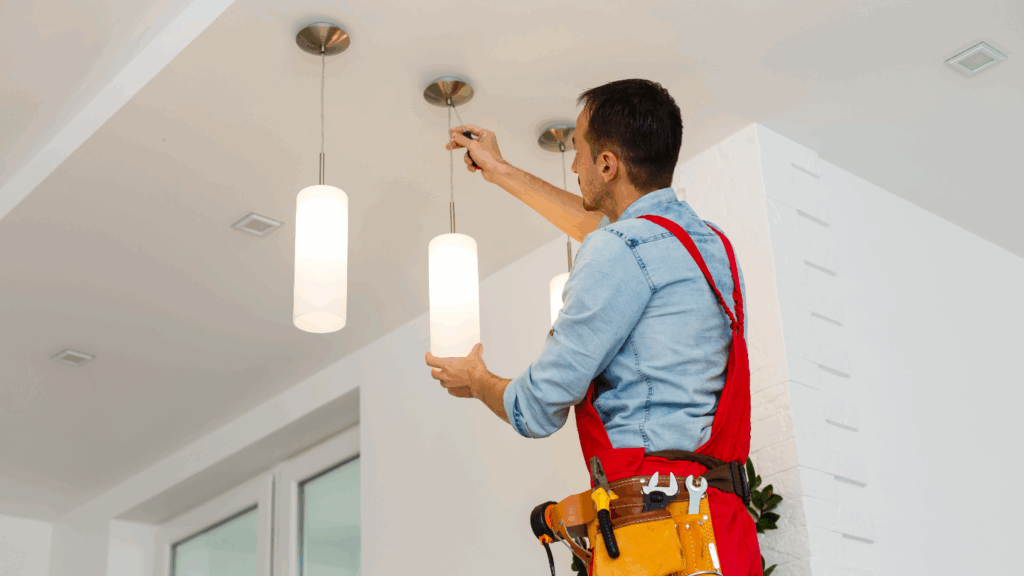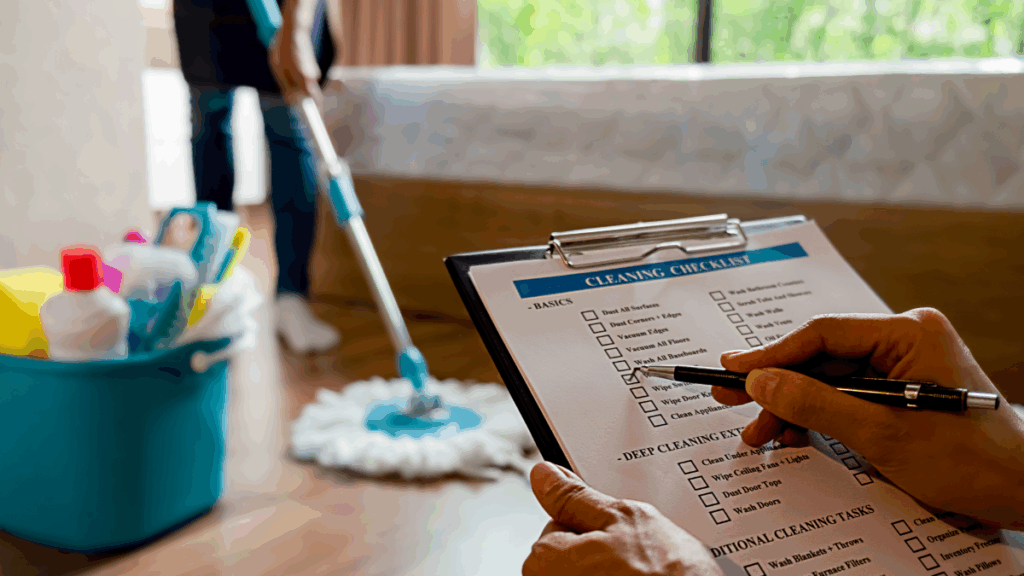High electricity bills can feel like an unavoidable part of summer and winter. Whether it’s keeping your home cool during scorching heat or warm through freezing colder months, energy costs always seem to climb when the weather changes. But what if there were simple practices to keep those bills in check?
The truth is that small approaches can make a big difference. By tweaking a few habits, upgrading where it matters, and staying mindful of how energy is used in your home, you can lower your electricity costs without sacrificing comfort. In this guide, we’ll share 12 practical tips and ways to reduce electric bills, help you save money, and use energy more efficiently all year long. Let’s dive in!
12 Best Ways to Reduce Electric Bill
Did you know that heating and cooling account for nearly 50% of the average household’s energy use, according to the U.S. Department of Energy? Appliances, lighting, and water heating also contribute significantly to high energy bills. But with the right strategies, you can reduce these costs without sacrificing comfort.
This list of 12 tips combines data-backed insights and practical advice to help you tackle the biggest energy drains in your home.
1. Choose the Right Appliances
The appliances you use every day can make a big difference in your electric bill. Older models are often energy guzzlers, while modern, ENERGY STAR certified appliances are built to use less power and save you money. For instance, an ENERGY STAR-rated refrigerator can use 15% less energy than a non-certified one, and a certified washing machine can cut energy use by up to 25%.
When buying new appliances, check the yellow EnergyGuide label. It shows how much energy the appliance uses and the estimated annual cost to run it. While energy-efficient appliances may cost more upfront, the savings on your electric bill can quickly add up.
Also, consider the size. Larger appliances often use more power, so choose the right size for your needs.
2. Maintain Your Appliances
Even the most energy-efficient appliances can waste electricity if they aren’t properly maintained. Dirt, dust, and wear can make them work harder, driving up your utility bill. Simple maintenance routines can keep your appliances running efficiently and save you money.
For example, cleaning the coils on your refrigerator ensures it cools effectively without using extra power. Similarly, regularly replacing the air filters in your HVAC system can improve airflow and cut down on energy use by a lot.
Some easy maintenance tips:
- Refrigerators: Clean the coils every 6 months and check door seals to prevent cool air from escaping.
- Washing Machines: Run a descaling cycle to remove mineral buildup and improve efficiency.
- HVAC Systems: Replace air filters every 1–3 months to improve airflow and efficiency.
- Dishwashers: Clear out food debris and check spray arms to ensure smooth operation.
3. Use Appliances Wisely
Using appliances efficiently can significantly lower your energy bill without much effort. Small adjustments in how and when you use your appliances can make a noticeable difference in your energy consumption.
For example, washing clothes in cold water not only protects fabrics but also reduces the energy usage of the water heater. Running your dishwasher only with full loads and skipping the heat-dry setting can also save energy and money.
Think about batch-cook meals to reduce oven use and use smaller appliances like microwaves or toaster ovens whenever possible. Additionally, using advanced settings like the eco-mode on appliances ensures they operate with minimal energy.
Timing also matters. Many utility companies offer off-peak hours with lower energy rates. Running high-energy appliances like washing machines or dryers during these times can help you save even more on your utility bills.
4. Check Your Insulation
Poor insulation is one of the biggest culprits behind high energy bills. Without insulation, the heat escapes in the winter, and cool air leaks out during the summer. The condition forces your air conditioners and heaters to work harder and consume more energy. Proper insulation can prevent heat loss and reduce your home energy usage, saving you money year-round.
This is how you can improve insulation:
- Seal windows and doors: Use weather stripping or caulk to block drafts.
- Insulate your attic and walls: Focus on areas where most heat escapes, like attics and exterior walls.
- Wrap your water heater: Insulate the tank to retain heat and reduce the energy needed to reheat the water.
- Check for government incentives: Many areas offer rebates or incentives for energy-efficient insulation upgrades. Find out if anything is available for you.
5. Opt for a Smart Thermostat
A smart programmable thermostat is one of the best ways to save your bills by controlling the use of electricity. Traditional thermostats can’t do this, but these smart ones learn your habits and automatically adjust the temperature based on your schedule. For example, they can lower the heat while you’re asleep or reduce cooling when you’re out of the house.
Check out why you need an advanced model of thermostat:
- Energy Efficiency: Programs like Nest and Ecobee can automatically optimize your temperature settings for maximum savings.
- Remote Access: Adjust your home’s temperature from anywhere using a connected app.
- Customized Schedules: Set timers to match your routine, like warming up your home just before you wake up.
- Insights and Reports: Many models provide energy usage reports, helping you see where you can save even more.
6. Use Fans Wisely
Fans are simple yet powerful and extremely energy efficient if you can use them strategically. Unlike air conditioners, ceiling fans and portable fans consume far less energy. They can complement your heating or cooling systems for optimal results.
In the summer, just set your ceiling fan to rotate counterclockwise. That’ll create a breeze that cools the room. In the winter, reverse the direction to push warm air downward, which helps distribute heat more evenly. This simple adjustment can reduce the workload on your heating and cooling systems.
Apart from that, here are a few more tricks you can follow:
- Combine with HVAC systems: Use fans with your air conditioner to circulate cool air. This way, you will be able to raise the thermostat a few degrees.
- Turn off when not in use: Fans cool people, not rooms. So turning them off when you leave saves unnecessary electricity.
- Portable fans for targeted cooling: Use small fans in frequently used spaces instead of cooling the entire house.
7. Maintain Your Heating/Cooling Systems
It’s not hard to understand that poorly maintained HVAC systems struggle to maintain a comfortable temperature. They also eat up more energy. So, what can you do?
Simple tasks like cleaning or replacing air filters every 1–3 months can improve airflow and reduce strain on your HVAC system. A few more tips:
- Inspect ductwork: Look for and seal any leaks to avoid losing heated or cooled air.
- Schedule annual tune-ups: Professional maintenance ensures everything is running efficiently.
- Keep vents clear: Blocked vents make it harder for air to circulate. So, maintain the cleanliness of it.
8. Switch to LED or CFL Light Bulbs
Lighting might not seem like a major contributor to your electric bill. But switching to energy-efficient bulbs can lead to noticeable savings over time. Traditional incandescent bulbs use significantly more energy and need to be replaced more often. On the other hand, LEDs use less energy to produce the same amount of light.
Replacing a single 60-watt incandescent bulb with an LED that uses only 10 watts can save you about $30 over the bulb’s lifespan. Multiply that by all the lights in your home, and the savings add up quickly.
Modern LEDs come in various brightness levels and color tones to suit your home’s style. Also, note that these lights can last up to 25 times longer than incandescent bulbs.
9. Use Natural Light
Natural light is a free and energy-efficient way to brighten your home. Tactically using daylight not only cuts costs but also creates a warm and inviting atmosphere. Here’s how you can maximize natural light:
- Open curtains during the day: Let sunlight flood your home and reduce the need for even a single bulb.
- Use light-colored curtains or blinds: They let sunlight in while maintaining privacy.
- Utilize reflective surfaces: Mirrors and light-colored walls can amplify sunlight.
- Rearrange furniture: Position workspaces and seating areas near windows.
- Consider window treatments: Use sheer or adjustable blinds to control light levels throughout the day.
10. Use Light Dimmers and Timers
With dimmer switches, you can control the brightness of your lights to suit your needs, using only as much energy as required. Timers, on the other hand, ensure that lights are only on when needed. That’ll certainly help you avoid unnecessary electricity consumption.
For example, dimmer switches in living rooms or bedrooms allow you to reduce lighting intensity during the evening. Outdoor lights on timers can automatically turn off at sunrise. These adjustments are not only convenient but also help lower your energy bill over time.
Some additional tips:
- Install dimmers in common areas: Adjust brightness levels to save energy and create a cozy atmosphere.
- Pair with LED bulbs: Ensure compatibility with dimmable LEDs for maximum energy efficiency.
- Set timers in infrequently used areas: Spaces like storage rooms or porches benefit from timed lighting to avoid waste.
11. Unplug Devices When Not in Use
Many electronic devices continue to draw power even when they’re turned off. It’s a phenomenon known as phantom power or standby energy consumption. Items like TVs, gaming consoles, chargers, and microwaves are often called energy vampires as they silently add to your electric bill, even when you’re not actively using them.
Unplugging these devices when they’re not in use is a great way to cut down on energy waste. Also, what else you may do is-
- Use smart power strips.
- Turn off gaming consoles because even in rest mode, they can draw significant power over time.
- Check for unused devices and unplug them entirely.
12. Use Power Strips
We have just mentioned power strips. These are particularly useful for addressing phantom power. By grouping your electronics on a single, smart power strip, you can easily turn them off all at once or let the strip automatically cut power to idle devices.
This is especially helpful in areas like home offices or entertainment centers. That’s because, in these places, multiple devices are often left plugged in and remain in standby mode. Also, with advanced features like timers or motion sensors, some power strips go a step further in ensuring energy efficiency.
Conclusion on Ways to Reduce Electric Bill
Cutting down your electric bill doesn’t have to be complicated. We are only talking about making some adjustments. Like switching to energy-efficient appliances, using fans strategically, and taking advantage of natural light. These are some of the most effective ways you can enjoy a comfortable home year-round while keeping costs under control.
These 12 tips are more than just ways to lower costs and save money. They’re steps toward a more energy-conscious and sustainable lifestyle. Start with one or two changes today, and you’ll not only see the impact on your utility bills but also feel good about reducing your energy footprint.
Looking for reliable professionals to optimize your home’s energy efficiency? Download the House Fly app to connect with top-rated electricians in your area for all your needs—from installations to energy-saving upgrades. Download the app, review and compare portfolios, and book easily! Visit our website to learn more.
















